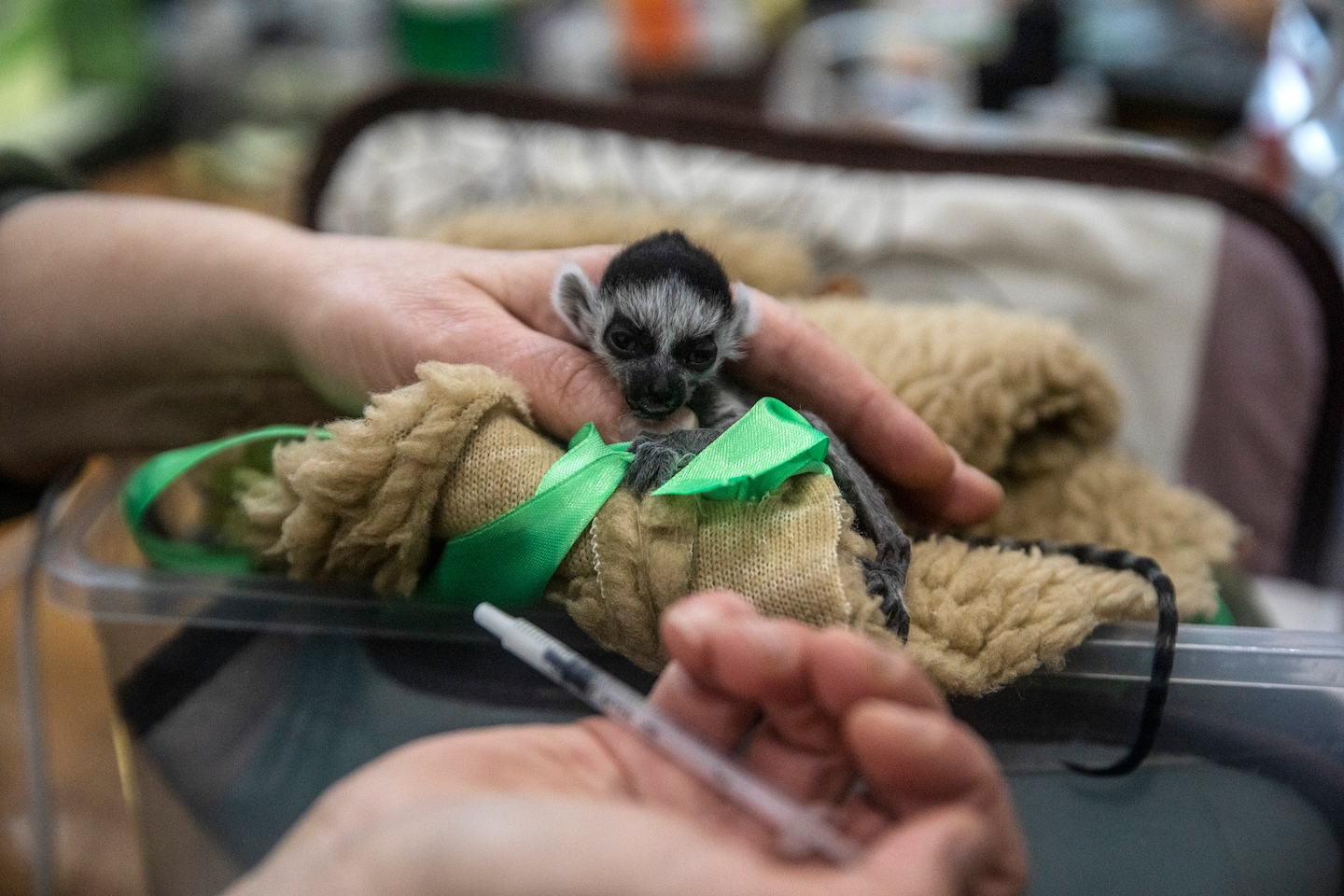In winter, one of the volunteers took home many animals that couldn’t otherwise survive the cold. Farmers and other residents brought vegetables — cabbage, apples, pears and pumpkins — and hay to feed a menagerie that included two monkeys, Anfisa and Charlie, a pony named Malish, a mule, a parrot, a crow, a groundhog, guinea pigs and ferrets.
Now, the sole survivors after a nearby dam burst on Tuesday are a couple of swans and ducks, the zoo said in a Facebook post.
The zoo, dubbed “Fairytale Dibrova,” is in a park on the banks of the Dnieper River, just west of the Kakhovka dam, which ruptured early Tuesday after a reported blast, sending a deluge through surrounding areas.
Workers arrived at the zoo early Tuesday to find it entirely flooded. As many as 300 animals died.
“This is terrible grief, terrible pain,” the facility said on Facebook, adding that it had tried its best to save the animals’ lives.
The animal deaths were confirmed by Oleksandr Todorchuk, head of UAnimals — a rescue group that has helped shelter and rehabilitate animals during the Russian invasion. UAnimals sent rescue crews to the city to help save and feed any animals displaced by the dam’s destruction.
Ukraine and Russia traded blame for the damage to the dam, although it wasn’t immediately clear who or what caused it. Aerial videos showed heavy structural damage, with the dam appearing to be missing sections measuring hundreds of feet.
Both Ukraine and Russia have previously accused each other of plotting to destroy the dam, which Russia seized in the opening days of the conflict because of its critical role in supplying fresh water to Crimea.
Officials warn the deluge of water unleashed by its destruction will destroy wildlife habitats, imperil communities that depend on the water for drinking and growing crops, and force towns downstream of the dam to relocate.
Zoos have been swept up in the conflict across Ukraine. During Russia’s attempt to seize Kyiv last year, the animals at the capital’s zoo were spooked by air raid sirens and blasts, The Washington Post reported. Zoos in other places, including the eastern city of Kharkiv have been damaged in the fighting.
Video footage showed residents in communities downstream of the dam rescuing animals from the flood waters, including a man leading a cow through thigh-high water in the southern city of Kherson.
Kazkova Dibrova zoo officials received a glimmer of hope late Tuesday — a baby swan, only five days old and thought to have been swept away in the floods, had been spotted by local residents swimming with its parents.
The zoo suggested on Facebook that it was possible some other animals survived and urged local residents to look after them if they came across one.
Eve Sampson contributed to this report.
